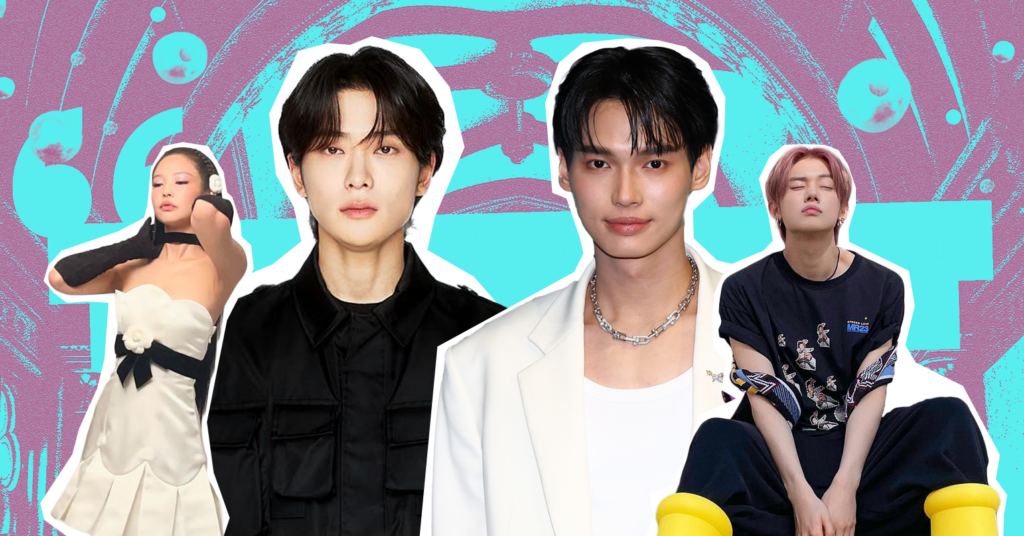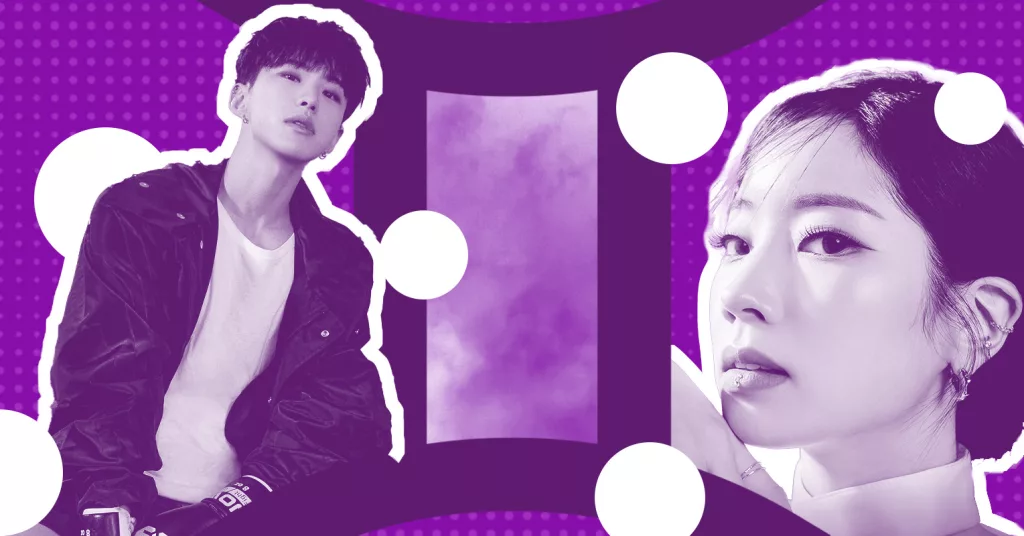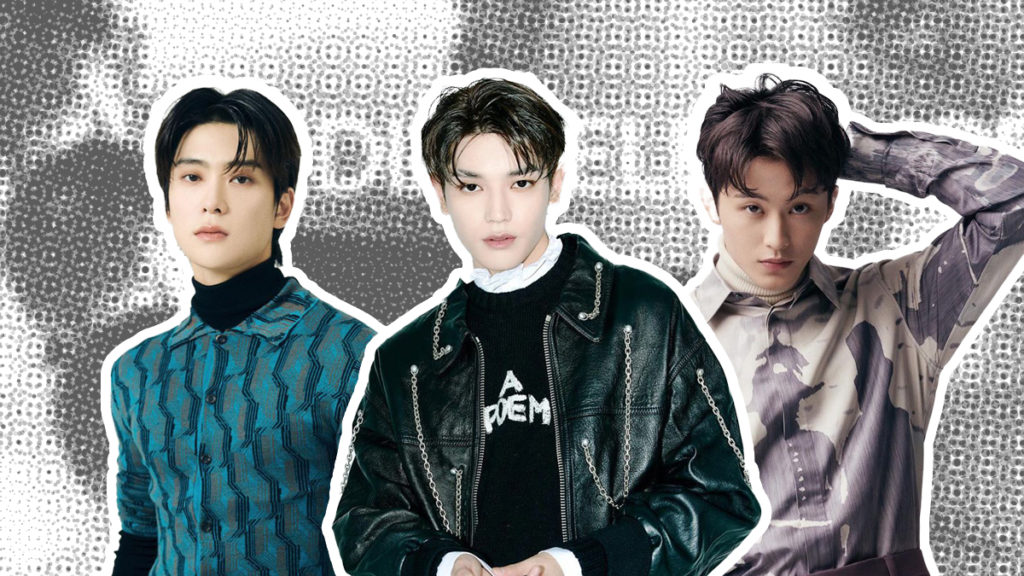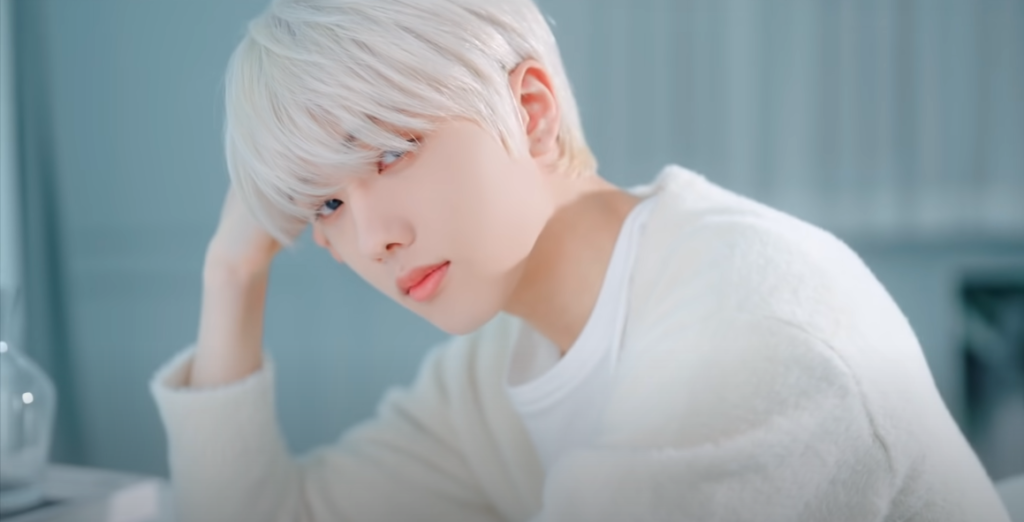Millennial and Gen Z Asian American Creatives Are Challenging Career Norms

In her junior year of college, Yvan Nguyen had yet another sleepless night in her pursuit of a dentistry degree. Still, Nguyen allowed herself a break from reviewing for a microbiome exam by settling into bed and putting on her headphones.
As “Wide Eyes” by Local Natives filled her ears, Nguyen felt an overwhelming wave of emotions. Despite having listened to this song countless times before, she got lost in the intricate layers of the music. Suddenly, it became clear what her real passion was.
“I pretty much said out loud to myself, ‘What am I doing? I want to be in music.’ And it’s so hard to ever describe this feeling, but I felt this huge, sudden weight lifted off my shoulders. In my mind, everything kind of went silent in a good way, like peaceful. I accepted that internally, I knew I wanted to be in the music world more than the dental world,” Nguyen told EnVi over Zoom.
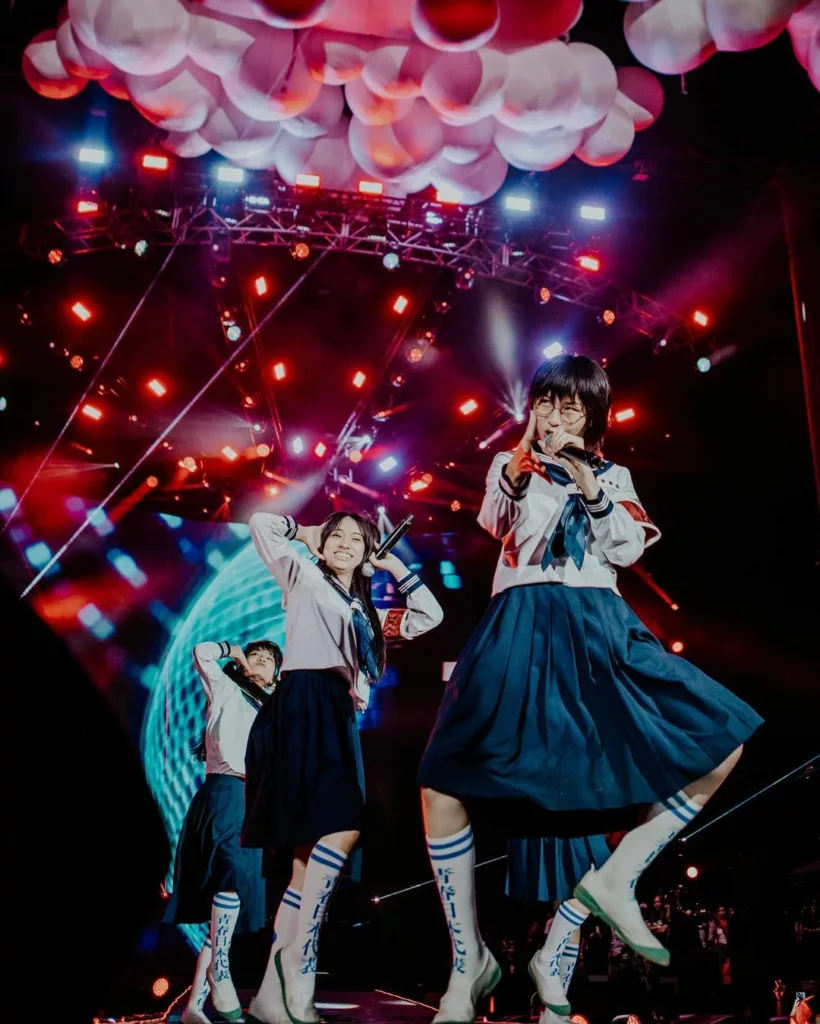
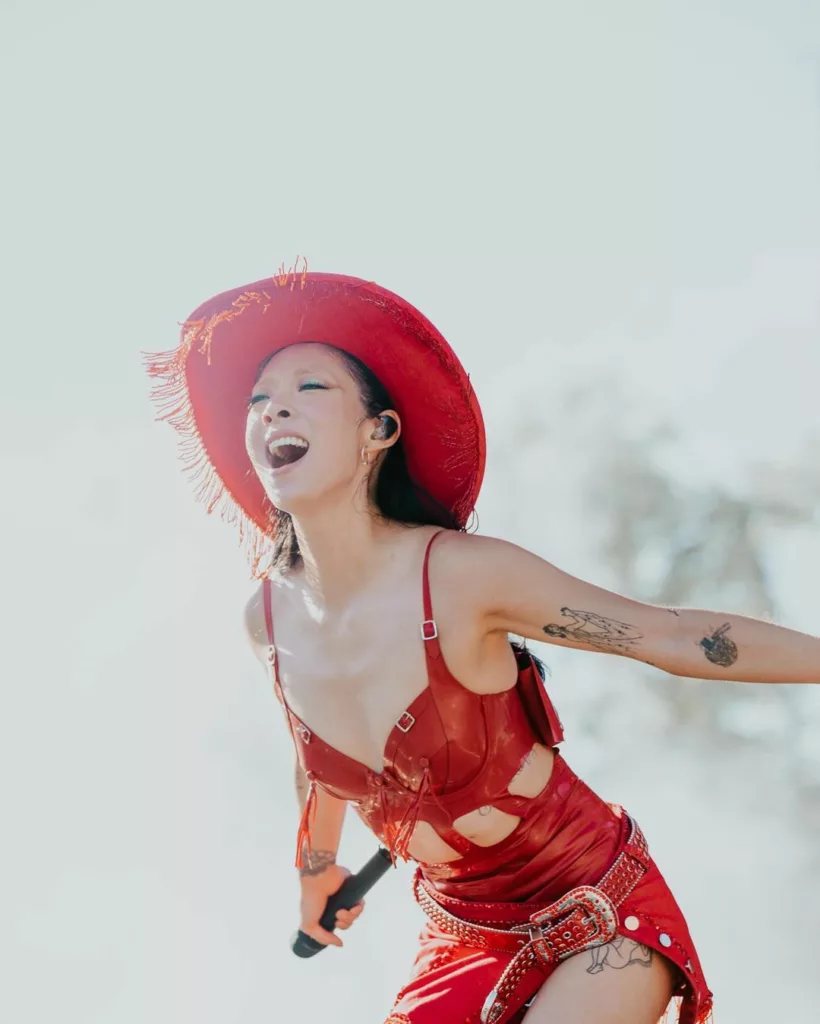
Now, Nguyen is a concert photographer based in Los Angeles. She has captured performers like Taylor Swift, Billie Eilish, and 88rising artists, thriving in the job she enjoys the most.
Like Nguyen, many Asian Americans have found themselves sacrificing their creative passions for a more “practical” career by traditional standards. However, as Millennial and Gen Z (MZ) individuals increasingly gravitate towards media, entertainment, and the arts, the tides are turning on what the Asian American community views as viable career paths. This shift allows Millenial and Gen Z Asian Americans to pursue their creativity without any limitations.
Family Expectations and Collectivistic Culture
Families, no matter their race or ethnicity, value their children’s education. Generations want their children to secure successful careers and financial stability. Due to the collectivist culture of many Asian countries, however, Asian American youth are more susceptible to stricter expectations when it comes to the career paths they must take.
As defined by the American Psychologist Association, collectivist culture is a social or cultural tradition that emphasizes the unity of the group or community rather than each person’s individuality. Researcher K.Y. Kawamura explains that in Asian cultures, an individual’s physical appearance can be seen as a representation of the family, extended family, and perhaps even the Asian community as a whole.
Like many first and second-generation Asian Americans, Ngyuen said her parents immigrated from Vietnam to the U.S. and have “built a life for themselves from scratch.” This experience frequently becomes a factor that limits the child’s individual choices in deference to the family interdependence and conformity to cultural roles found in collectivist cultures.
“From what [my parents] have seen, the best way for you to have the best quality of life is to pursue a career in STEM [science, technology, engineering and mathematics], medicine, and so on. So, you know, I was angry and hurt for a long time because they weren’t supportive of my career path, but I try to remember that they just want me to have a good life and that they think the best way to have a good life is by pursuing these types of careers,” Nguyen noted.
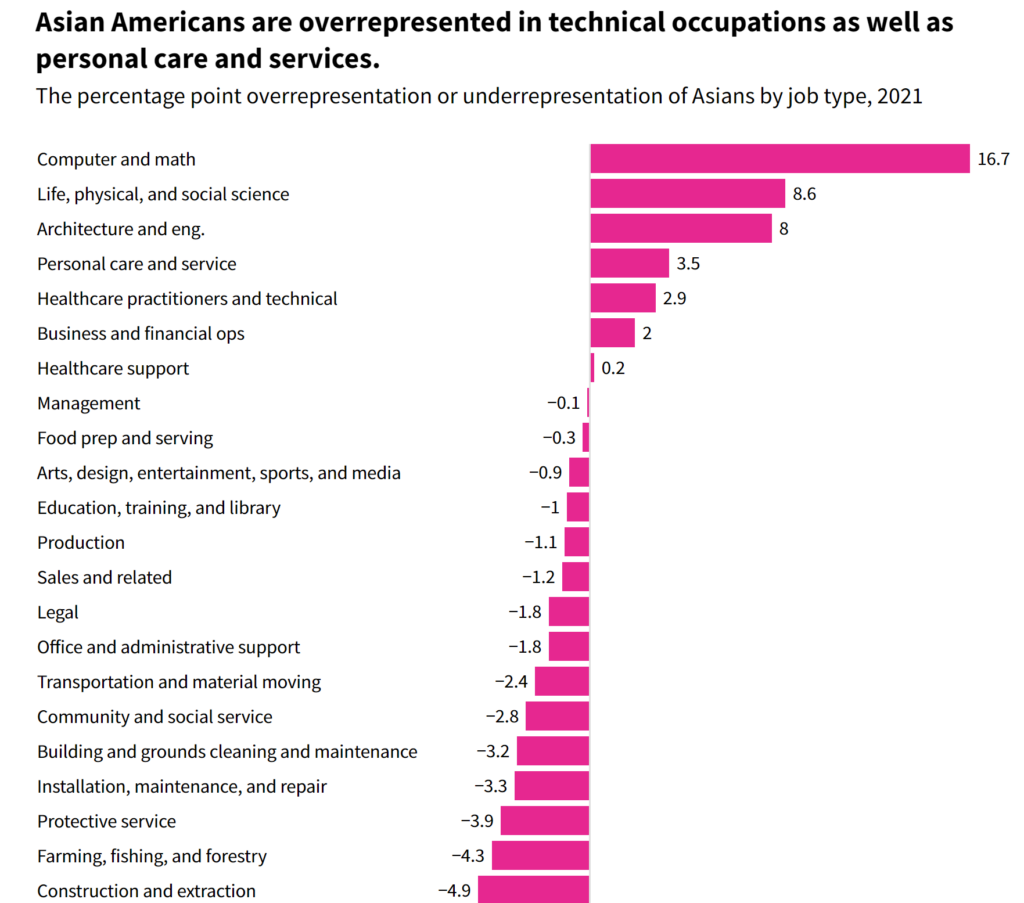
What Nguyen is referring to can likely be traced back to how the jobs with the highest representations of Asian Americans are in STEM. According to a study by USAFacts, Asians make up 6.6% of the U.S. workforce and have “a 16.7% point overrepresentation, the highest of any field” in computer and math occupations.
“I was also scared to take the leap because, of course, the [creative] path seemed really unpaved and financially ambiguous while the dental route was a more clear-cut pathway that seemed way more stable,“ Nguyen added. According to the same study, Asian Americans are more represented in high-paying architecture, engineering, and life and social science occupations. The group makes up 36.4% of computer hardware engineers, who earn a median weekly salary of $2,277, and 43.1% of medical scientists, who earn a median weekly salary of $1,544.
While this data backs how financial success and career stability can be found in STEM fields, this also contributes to the strict path Asian Americans are pressured to take as they prioritize family expectations over personal ambitions. In addition, such overrepresentation impedes the visibility of creative fields as financially successful careers.
Fostering Asian Representation in the Arts
In contrast, Asians in creative, non-STEM fields are a minority. The USAFacts study cited above shows that the fields of arts, design, entertainment, sports, and media see a -0.9% underrepresentation.
In the photography industry, for example, only 7% are Asian, according to demographic statistics by Zippla, an online career services site that uses “proprietary data on salaries, companies, and job-based metrics.”
“When I first started about six years ago, I didn’t really see any other Asians in the photo pit. I would also say the photographers in the photo pit were also kind of older. I think I resisted wanting to be in the industry because of the lack of seeing others like me in the field, but also very much wanting my parent’s approval,” Ngyuen said.
Besides traditional expectations, Shannon Lee cites the lack of education about the cultural history of Asian artists as a factor contributing to this underrepresentation. Lee is The Amp magazine’s founder and editor, which operates under the Asian American Arts Alliance (A4).
To address this need, organizations like the Asian American Arts Alliance have highlighted AAPI art and culture through education and by amplifying artists for decades. Established in 1983, A4 has been a necessary community resource for Asian American artists in New York City for 40 years.
“It felt really great to join an organization that had this kind of longevity and legacy. Because a lot of Asian American advocacy and cultural advocacy organizations are quite new, I think a big issue in the community is this constant amnesia because we’re not taught our cultural histories in school,” Lee told EnVi in a Zoom interview.
Meanwhile, the Asian American Collective, established in 2020, is a newer organization that focuses on building connections. They do so by emphasizing Asian cultural presence, promoting mentorship programs, and organizing events.
“The reason that we wanted to create this opportunity was to ensure that we can create a space for other Asian creatives could come together, and champion each other, and learn from each other, and create a space where people could be themselves and talk about unique challenges that we face,” Zeena Koda, the Asian American Collective co-founder, told EnVi in a Zoom interview.
Boosting Asian Artistic Presence
An opportunity arose for Koda and the other co-founders to reach more Asian creatives online since the Asian American Collective was founded in January 2020. Using Instagram as their primary platform, the community found one another amid the pandemic.
A study by Art & Well-being also discovered that, during the COVID-19 lockdowns, 85.18% of participants consumed different types of art and 40.92% participated in creative activities as a way to cope. These findings further contribute to the visibility of arts as a field just as essential as STEM.
Much of this art consumption involved watching movies and TV shows, which are arguably the most accessible forms of art even for those with little interest in the field. According to a collaborative study by the USC Norman Lear Center’s Media Impact Project and AAPI non-profit Gold House, the percentage of speaking Asian characters in top box-office films has risen five-fold, from 3.4% in 2007 to 15.9% in 2022.
In 2023, Asian American-driven narratives such as A24’s Everything Everywhere All at Once and Beef received notable accolades, including 11 Oscar nominations for the former and nine Emmy nominations for the latter. These pushed Asian stories, directors, and actors further into the limelight. This increase is also evident in music and illustration, as people from all over the world can connect through the Internet easily.
“There’s more representation hitting the mainstream: some of the biggest artists on Universal [Music Group’s] roster are K-pop bands neck-and-neck with Taylor Swift and The Weeknd. So when you look at that overall, that representation means a lot in terms of the financial possibilities for all these artists. Then they can grow. So that’s really important because when you have people who are making money for Asians there’s going to be more [motive] to be an artist,” Koda said.
Hana Azim, a Gen Z artist specializing in bright, lively food and lifestyle illustrations, also found that this domino effect benefits Asian creatives’ visibility. As a K-pop stan of eight years, she noticed that when the genre’s popularity spreads, so does the diversity and representation in all art fields.
“It’s wonderful to witness the increase in Asian representation in media over the years! I think the growing influence of Asian culture in global media has brought more attention to Asian artists overall. It’s crucial for Asian creatives to continue contributing their work because by showcasing diverse perspectives, experiences and talents, they enrich cultural narratives and challenge stereotypes,” Azim shared over email.
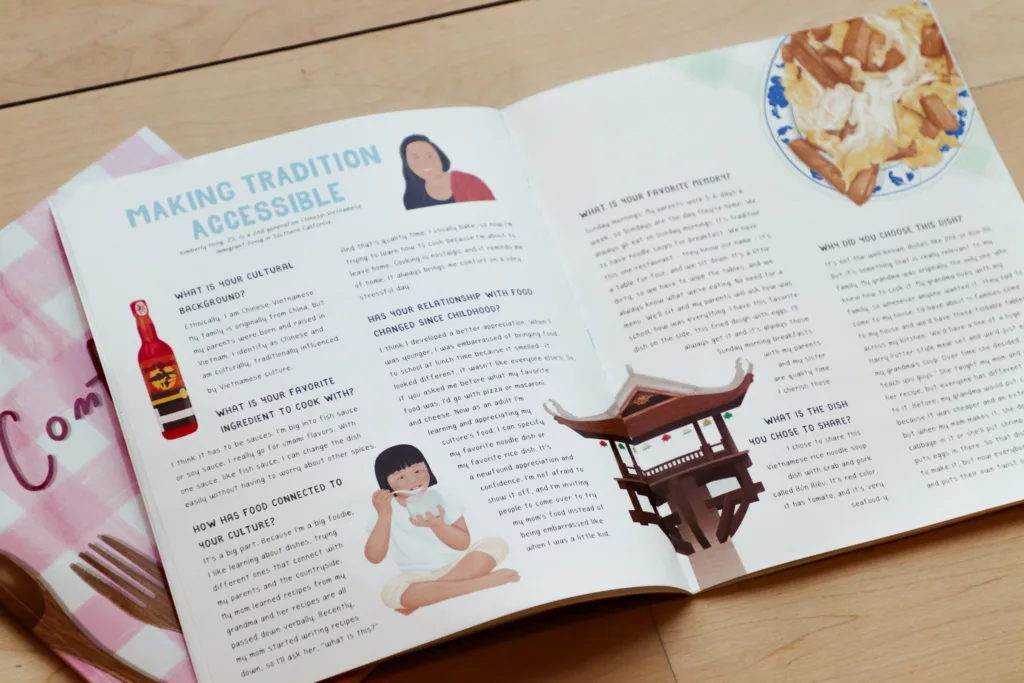
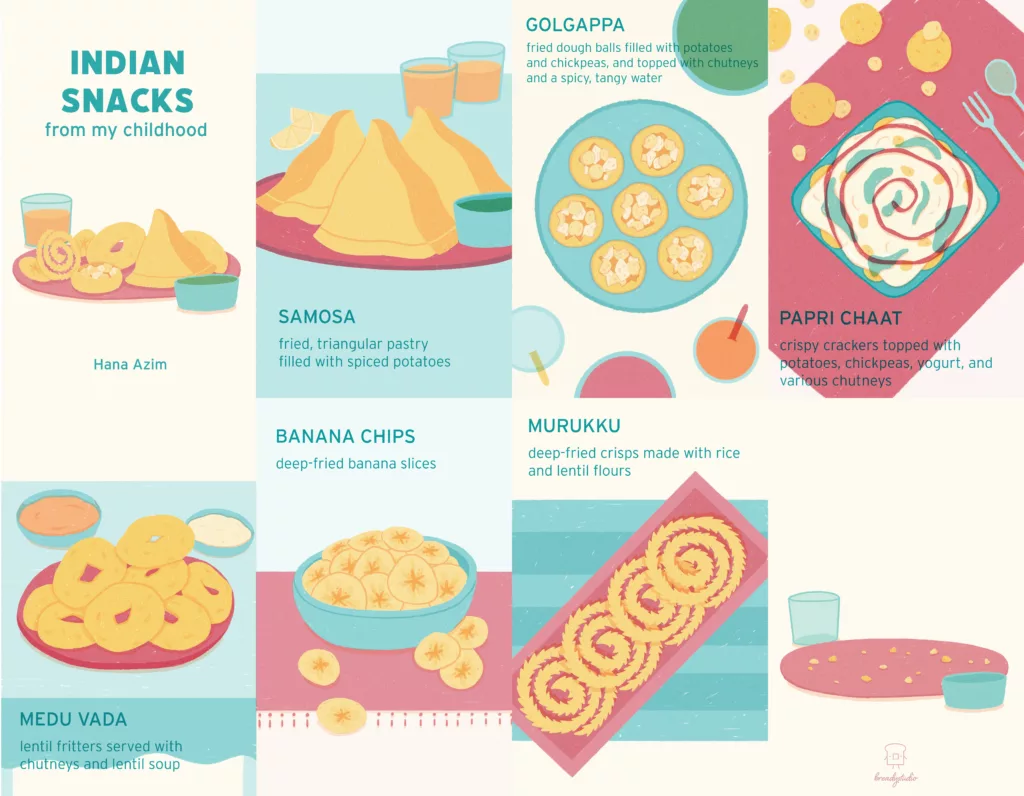
Solidarity with Other Communities
The ability to uplift the voices of marginalized communities and serve as a space for nuanced stories are fundamental to creative careers. According to their website, the Asian American Arts Alliance also believes working together as a pan-ethnic, multidisciplinary community is essential to nurturing the development of artists and arts groups.
“Because the Asian and AAPI community encompasses so many identities and experiences, we’re not always going to agree on things. But A4 was founded with the principle of solidarity in mind, conscientious of how, for example, the Asian American identity was inspired by the Civil Rights Movement and the actions of Black and brown activists. We are very conscientious of that in everything we do and are intentional about practicing intersectionality, solidarity, and inclusivity as part of what being Asian American is today,” Lee said.
This commitment extends to The Amp, A4’s magazine, which gives voice to AAPI artists of all disciplines in NYC through profiles, essays, reviews, and interviews. Recently, The Amp published an interview with photographer Cindy Trinh, who documents social justice movements in New York City. For the past few months, their focus has primarily been coverage of pro-Palestine marches and encampments. The interview highlights how, since 2014, Trinh’s Instagram account, @activistnyc, has served as a powerful platform. Their photographs underscore the importance of art as a method of seeking justice and solidarity, extending impact even beyond the Asian community.
“We’re always thinking about things that are happening in the broader scheme of current events and how art and culture can speak to those moments,” Lee added.
MZ Leading the Change
As Lee slowly moves into a mentorship role, guiding younger generations in their careers and college decisions, they aim to emphasize the shift from STEM to STEAM. This expands the original acronym to include art fields. Previously, art was solely categorized as a humanities discipline, but its inclusion in “STEAM” symbolizes art as something connected to technical fields. It introduces art culture as an integral part of societal advancement.
Because of social media and the Internet, learning about media, entertainment, creative fields, and their history has also become more convenient. This helps raise awareness among people about the viability of these careers in today’s world.
According to The Harris Poll, social media is an inspirational outlet among Gen Zers, 47% of whom say that checking social media makes them more creative. On the other hand, Millennials are also called “digital natives,” who are focused on breaking barriers and finding individual purpose. These factors can inspire creativity.
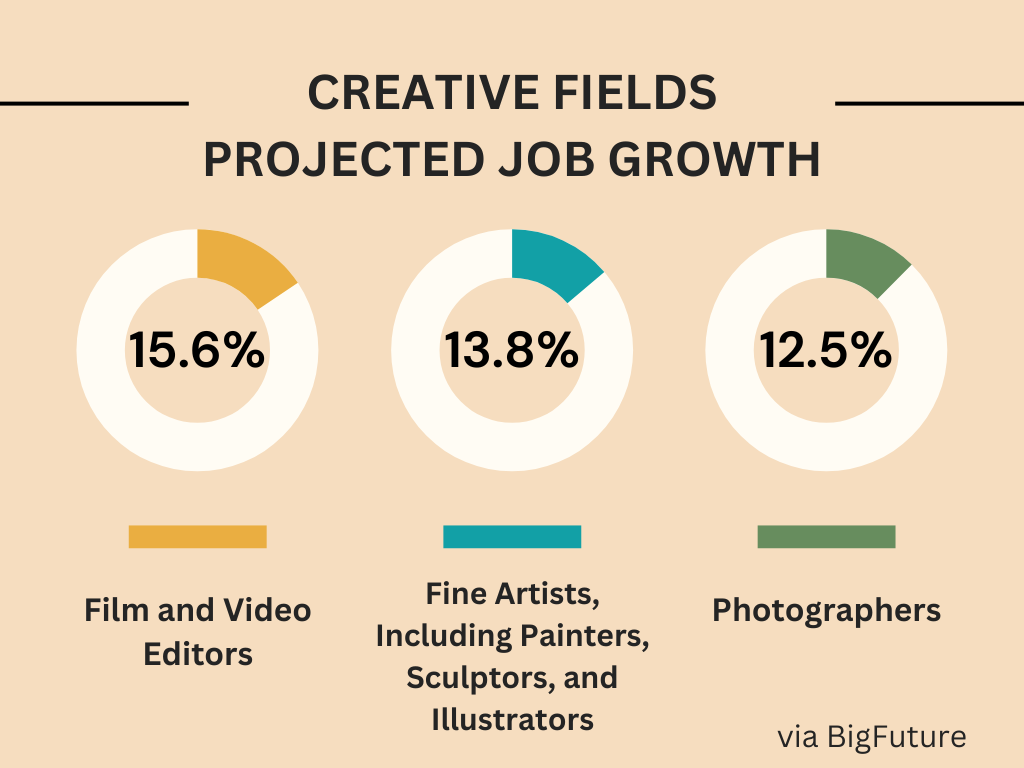
“These histories, these stories, these narratives are so much more accessible to people now. And in communities like A4 in particular, that history is so present and more available for people. When I was growing up, those stories weren’t as easy to learn about … you’re kind of reliant on what’s given to you. But now, you can search for anything and be directed to these resources. I think that’s been a huge difference,” Lee said.
According to Koda, the perspective on immigration has also shifted over the generations. Initially, when parents immigrated to the country, they might not have viewed the arts or creative fields as viable career options. However, this perspective has evolved over time. Now, there is recognition that opportunities in the creative space are equally promising for building a career, a significant shift from 10 years ago.
As organizations like the Asian American Arts Alliance and the Asian American Collective grow, we’re witnessing increased support from and for Asian communities that hold a wealth of resources, mentorship, and support programs tailored to Asian creatives.
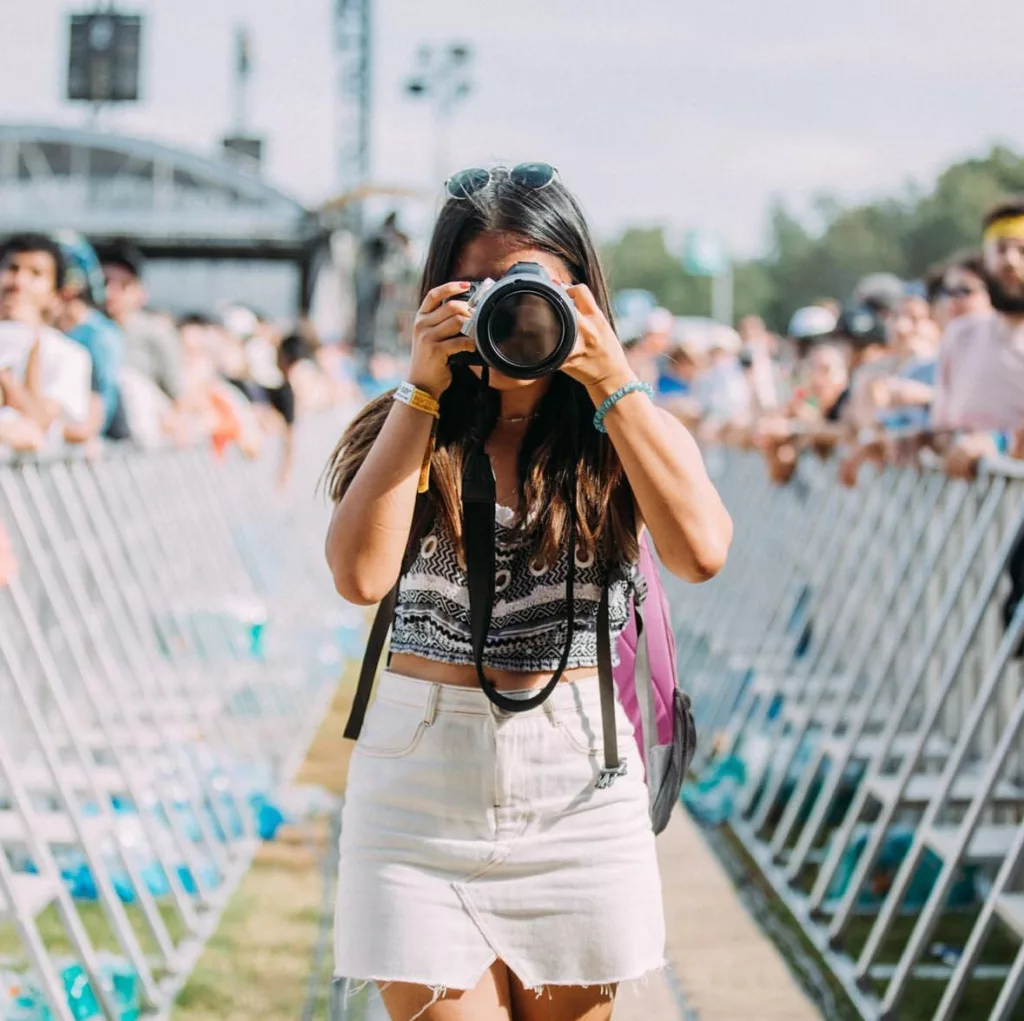
“I think visibility is everything. Even visibly seeing Asians in the industry or seeing the work that they’re doing is connecting all of us together. Online communities have been so important for this Asian American generation, and to see that there’s so much out there and there’s so much they can pursue and there is support has been really exciting to see over the past few years,” Ngyuen said. “I think a lot has changed over the past few years, and there’s still more to come.”
Want to read more cultural deep dives on Gen Z and Millennial Generations? Check out EnVi’s breakdown of what “Zillennials” are here!
